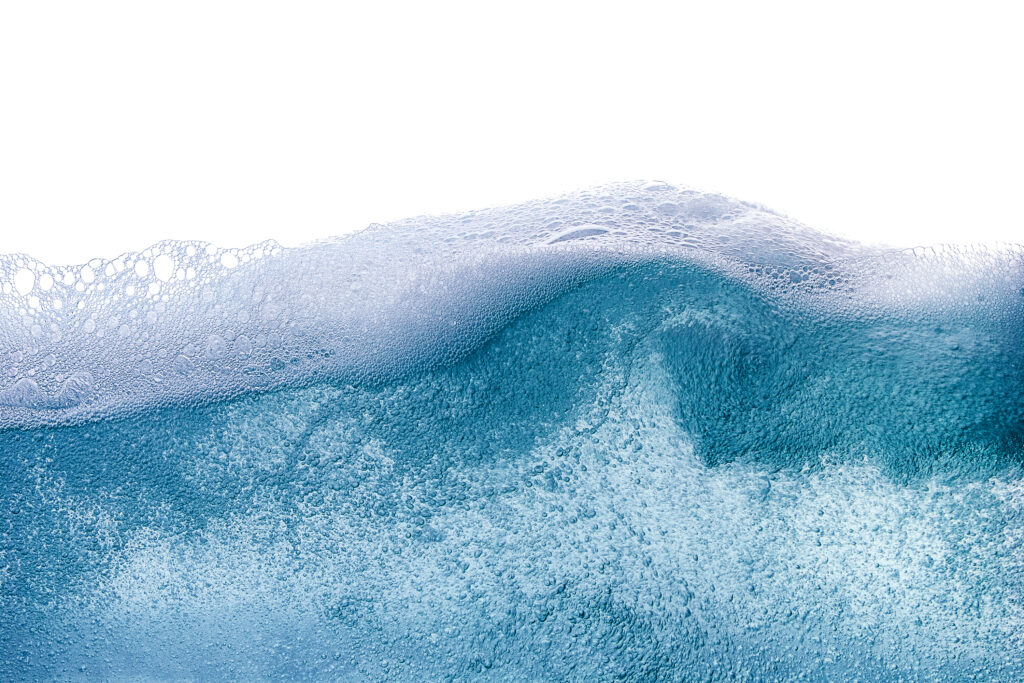Paints & Coatings
Paints & Coating Industry

Antifoaming Agents (Polydimethylsiloxane (PDMS))
- Foaming is an undesirable side effect of certain industrial processes which reduces processing and storage capacity, decreases operating efficiencies, and creates problems with product quality and performance.
- To effectively control foaming, it is necessary to use a Defoamer to chemically break the films of liquid which surround the bubbles of gas released in processing, or to use an Anti-Foaming Agent to prevent the foam films from forming in the first place.
- Polydimethylsiloxane or PDMS is a Silicone-based foam control additive and is a cost-effective and efficient option for preventing and controlling foam. Due to low surface tension.
- Silicones spread evenly and rapidly over a foam film, facilitating penetration and collapse of the foam. They also possess the advantage of being non-contaminating, since they are inert and are typically effective at much lower concentrations than non-silicone defoamers.

Biocides (Zinc Pyrithione)
- Hydrophilic additives, such as thickeners and surfactants, used in exterior and interior paints are vulnerable to fungal and algal attack which cause defacement of the painted surfaces.
- Zinc Pyrithione is a dual-action biocide that is an excellent fungicide and algaecide and avoid the need for blending multiple fungicide and algaecide products.
- Further, Zinc Pyrithione is not a skin sensitiser like other fungicides such as DCOIT and so does not require labelling in the finished paint product.
- Finally, Zinc Pyrithione decomposes extremely slowly under ultraviolet rays, and so provides years of protection under direct sunlight exposure.
